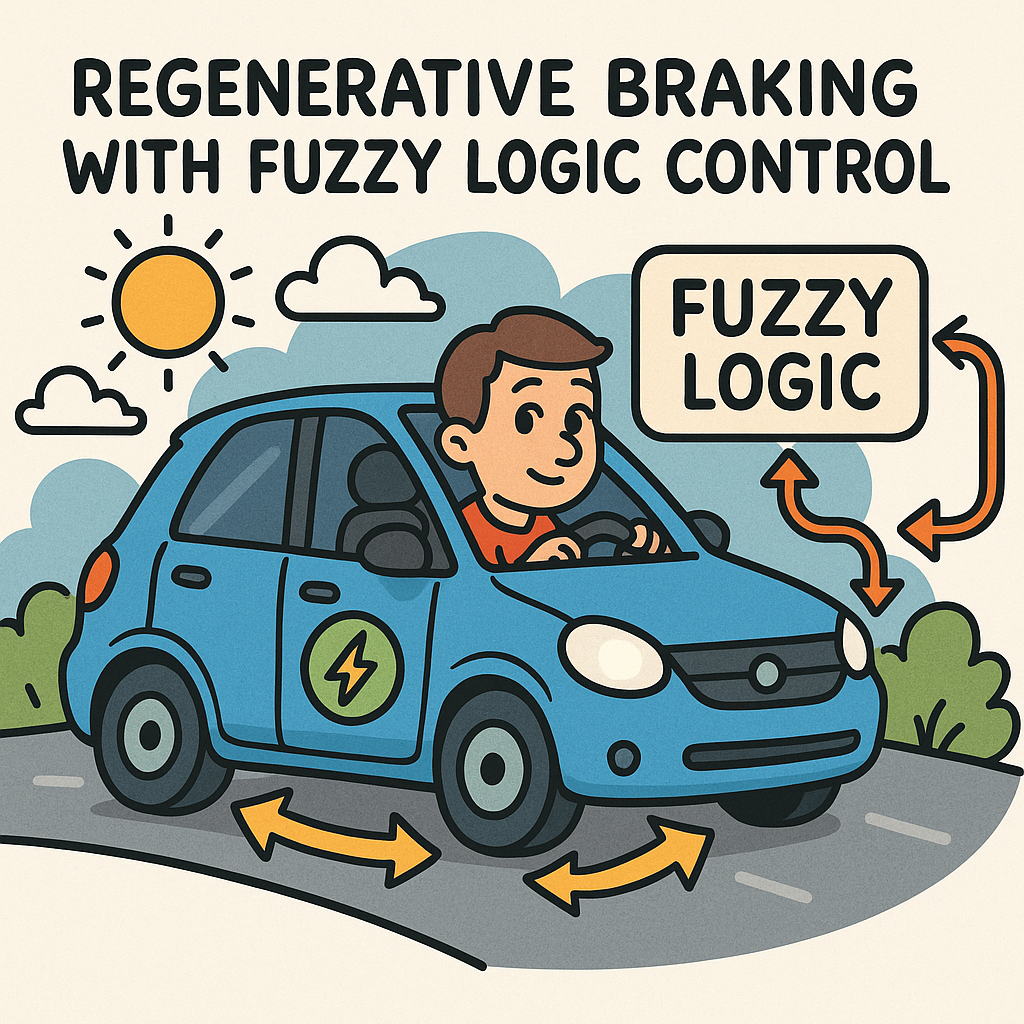Understanding Regenerative Braking in Electric Vehicles
Regenerative braking is a crucial component in electric vehicles (EVs), allowing the vehicle to recover energy during braking and improve overall efficiency. The principle behind regenerative braking is straightforward: instead of dissipating kinetic energy as heat through traditional brakes, the electric motor acts as a generator, converting the vehicle’s kinetic energy back into electrical energy to recharge the battery. However, optimizing this process presents unique challenges, particularly in the context of embedded systems.
Challenges in Regenerative Braking Efficiency
One of the primary challenges in implementing regenerative braking is ensuring that the recovery of energy is maximized without compromising vehicle control and safety. Factors such as road conditions, vehicle speed, and driver input can significantly affect the braking dynamics. Notably, when the braking force exceeds a certain threshold, the system must seamlessly transition from regenerative to friction braking to avoid skidding or loss of control.
Adaptive Fuzzy Logic Controllers: A Solution
To tackle these challenges, Adaptive Fuzzy Logic Controllers (AFLCs) have emerged as a promising approach. Fuzzy logic provides a way to handle the uncertainties and imprecision inherent in real-world situations, making it particularly suitable for the dynamic environment of EVs. The adaptability of these controllers allows them to learn and adjust to changing conditions, optimizing the regenerative braking process in real-time.
Hardware Considerations
Implementing AFLCs requires careful selection of hardware components. The microcontroller or digital signal processor (DSP) must have sufficient computational power to handle the fuzzy logic algorithms while managing sensor inputs and actuator outputs. Common choices include ARM Cortex-M series or TI’s C2000 family, which offer the necessary processing capabilities and peripheral interfaces.
Moreover, high-fidelity sensors (like Hall effect sensors or accelerometers) are essential for accurately capturing vehicle dynamics. The selection of these sensors directly impacts the precision of the feedback loop, which is critical for the AFLC to make informed decisions. Noise reduction and sensor fusion techniques can also enhance the reliability of the inputs.
Firmware Development and Algorithm Design
On the firmware side, developing the fuzzy logic algorithm involves defining the fuzzy sets and rules that govern the controller’s behavior. The challenge lies in ensuring that these rules accurately reflect the real-world scenarios that the vehicle may encounter.
- Rule Base Design: The rule base should encapsulate various scenarios such as road surface conditions, driver behavior, and vehicle load. This necessitates iterative testing and refinement to ensure robustness.
- Defuzzification Techniques: Selecting an appropriate defuzzification technique (e.g., centroid method) is crucial for translating fuzzy outputs into actionable control signals for the motor and braking system.
Real-time adaptation capabilities can be added through machine learning techniques, allowing the controller to modify its rules based on historical data and current performance metrics, further enhancing efficiency.
Design Trade-offs in Real-World Applications
When implementing AFLCs for regenerative braking, engineers face several design trade-offs. For instance, while a more complex rule set can theoretically yield better performance, it can also lead to increased computational load and latency. This can be detrimental in safety-critical applications where rapid response is necessary.
Another trade-off involves energy recovery versus vehicle responsiveness. A conservative approach to energy recovery might ensure safety and stability during braking but at the cost of lost energy. Conversely, aggressive recovery strategies can enhance efficiency but may compromise the driver’s control feel, leading to an unsatisfactory driving experience.
Testing and Validation
Extensive testing is vital to validate the performance of the AFLC in various conditions. Simulation environments can be used for initial testing, but real-world testing in different driving scenarios is essential. This phase often uncovers unexpected behaviors that require further refinement of the fuzzy logic rules or adjustments to the sensor configurations.
Finally, continuous monitoring and updating of the AFLC post-deployment can ensure that the system adapts to wear and changes in vehicle dynamics over time, thus maintaining optimal performance throughout the vehicle’s lifecycle.



